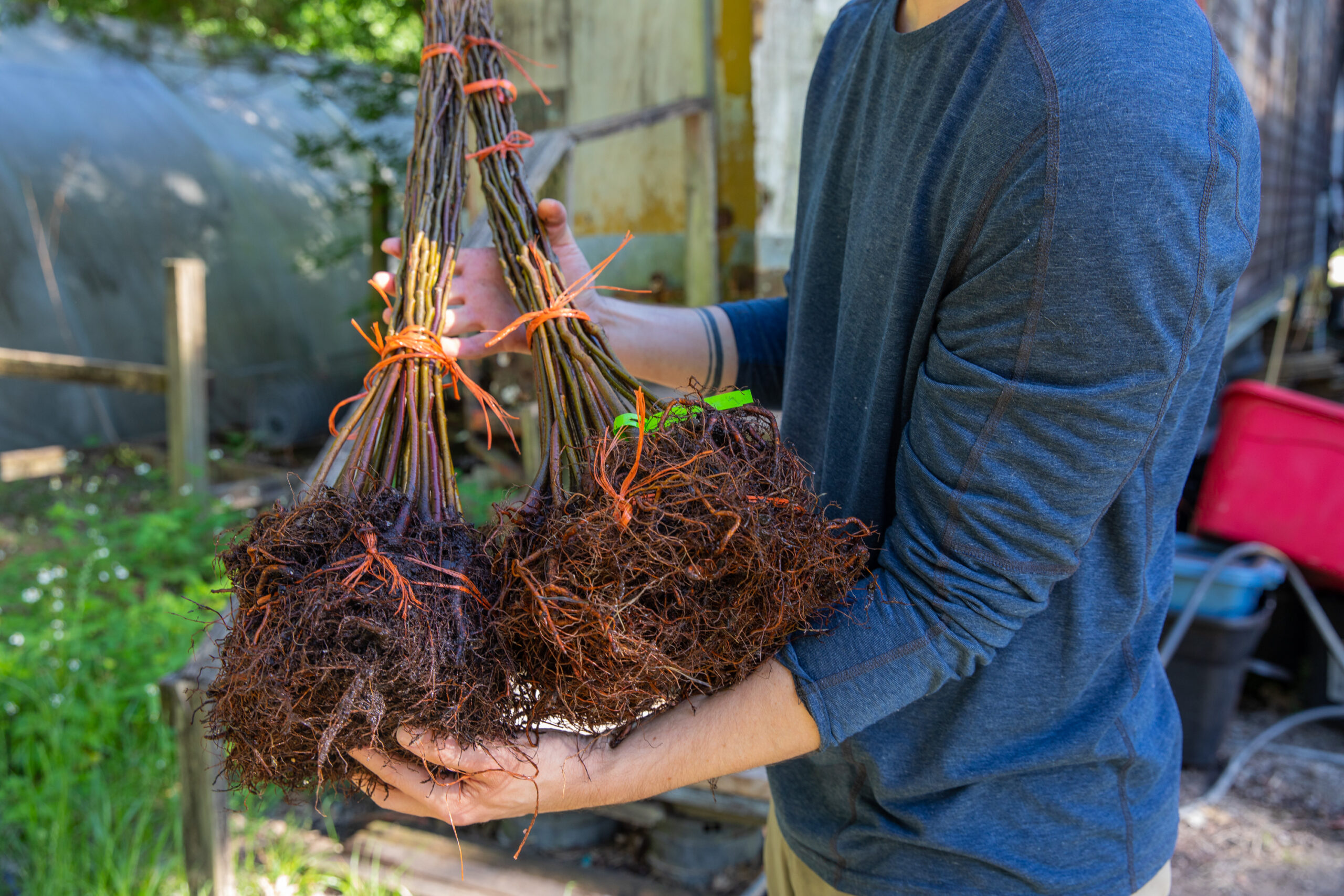Reducing Stress During Transplant


It’s probably safe to say most folks move at least once during their lifetime. If you’re among them, you know how stressful it can be to pull up roots and get re-established in a new location. First, there’s the planning, packing, and transport. Then it takes time to settle in, make new connections, and get comfortable with your new surroundings. Much the same applies to trees, where you are literally pulling up roots. As with people, the process is more effective and successful if you address the stress.

Part of moving involves choosing a new home, which calls for due diligence in finding a location that will minimize stress – a safe, comfortable neighborhood with easy access to services and conveniences. This process can be easier for transplanting trees. Different species are better adapted to specific micro-climates soil type, moisture, and sunlight conditions. Find locations most suitable to the type of trees being planted there.
For people, moving offers an opportunity to thin out their possessions. You can’t take everything with you, but there are some essentials you’ll want to keep. The same applies to trees. Much of a tree’s production depends on the interface between roots and soil. Like you and the people who provide services in your neighborhood, trees develop a symbiotic relationship between their roots and the associated soil microbes or root microbiota. These microbes improve their host’s access to nutrients, produce plant growth regulators, induce host defenses, and systematic resistance to pests and pathogens and improve tolerance to stress. You can’t bring the whole plot, but you should preserve as much native soil around the roots as possible as this will speed up the process of acclimation to a new site.

In addition to ridding yourself of junk, moving also allows you to start with a clean slate and set up your home more efficiently. The process of re-planting trees is essentially the same as you would follow when planting containerized stock. We won’t go into too much detail here as you can find instructions in the Chestnut Hill Outdoors Learning Center. Basically, you want to ensure proper site conditions, dig a large enough hole to backfill with loose soil to allow for rapid root growth, and add water.
Unpacking in your new home takes time and can be stressful, but you can get by with a few essentials like power and water until you settle in. Plants get their power from the sun, but they’ll need more water than is generally available while getting established. How much and how often to provide water will depend on soil type, drainage, location, and weather.


It’s better to err on the side of caution, but be mindful that it is possible to overwater. This requires being familiar with the soil and its drainage capacity. The driving force behind root growth is the search for soil moisture. Roots continue to grow outward and downward in search of water if the soil is dry – provided there’s enough moisture to support that growth. Too much water and growth will slow or cease. The trick is finding the right balance, which is often best accomplished with periodic watering, perhaps 2-4 times per week. This allows time for the soil to drain and dry before the next watering. You can find more information about watering in the Learning Center.
While you’re unpacking, settling in, and getting comfortable with your new home – you need to eat. That might mean a lot of take-out or delivery until you get the refrigerator stocked and the stove hooked up. Trees need a little boost, too, in the form of fertilizer. However, they don’t necessarily need it right away. It’s often better to wait at least two months before applying a time-release fertilizer. Here again, you’ll find details in the Learning Center.

Even the best homes in the nicest neighborhoods are not immune to potential perils. Homeowners can put up fences and hedges for more privacy, lock their doors, install alarm systems, and do periodic checks for invasions and infestations like rodents, termites, mold, or mildew. Much the same applies to trees. Weed control reduces competition for soil moisture and nutrients and can be accomplished by mowing, placement of mats, or careful herbicide application, all of which are explained in more detail in the Learning Center.
A new neighborhood means getting to know your new neighbors, which can, also, be quite stressful at times. They might be welcoming and friendly or, they may hold loud, late parties on Saturday night and mow their lawn early Sunday morning, becoming a nuisance. For trees, the wild neighbors can be downright annoying, chewing, gnawing, raking, and breaking the very trees that will one day feed their families. Grow tubes, fencing and caging protect young saplings from predation by deer, mice, and other critters during a particularly vulnerable life. Find more information on tree protection in the Learning Center.
Any change is stressful – going to a new school, starting a new job, moving to a new home. That stress diminishes as you grow more accustomed to your new environment. Eventually, you and your trees will become established, productive residents and the roots you and they put down will build a stronger foundation for the future.


